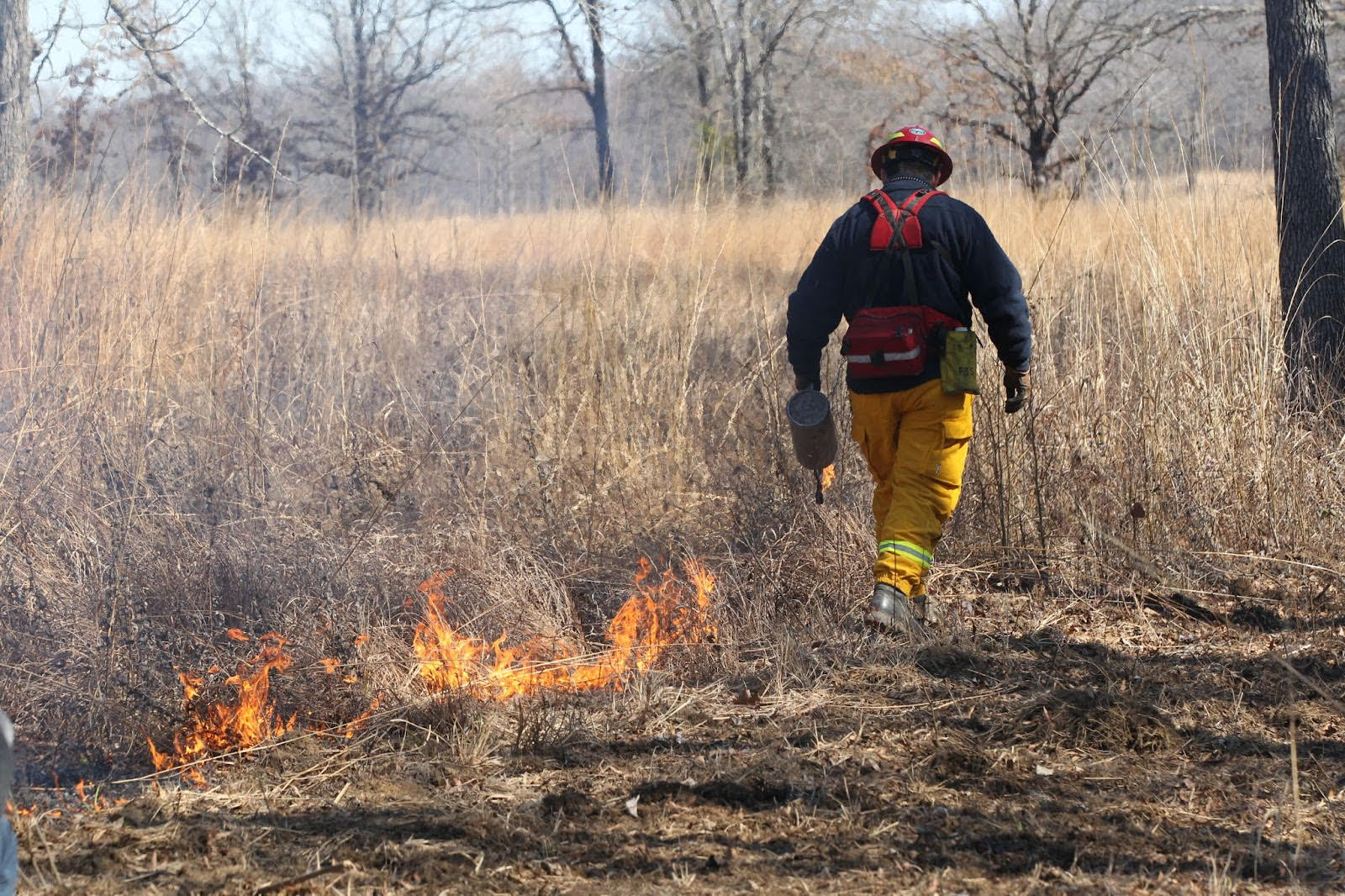Duck hunters can help slow the spread of invasive species
ON 11-22-2023
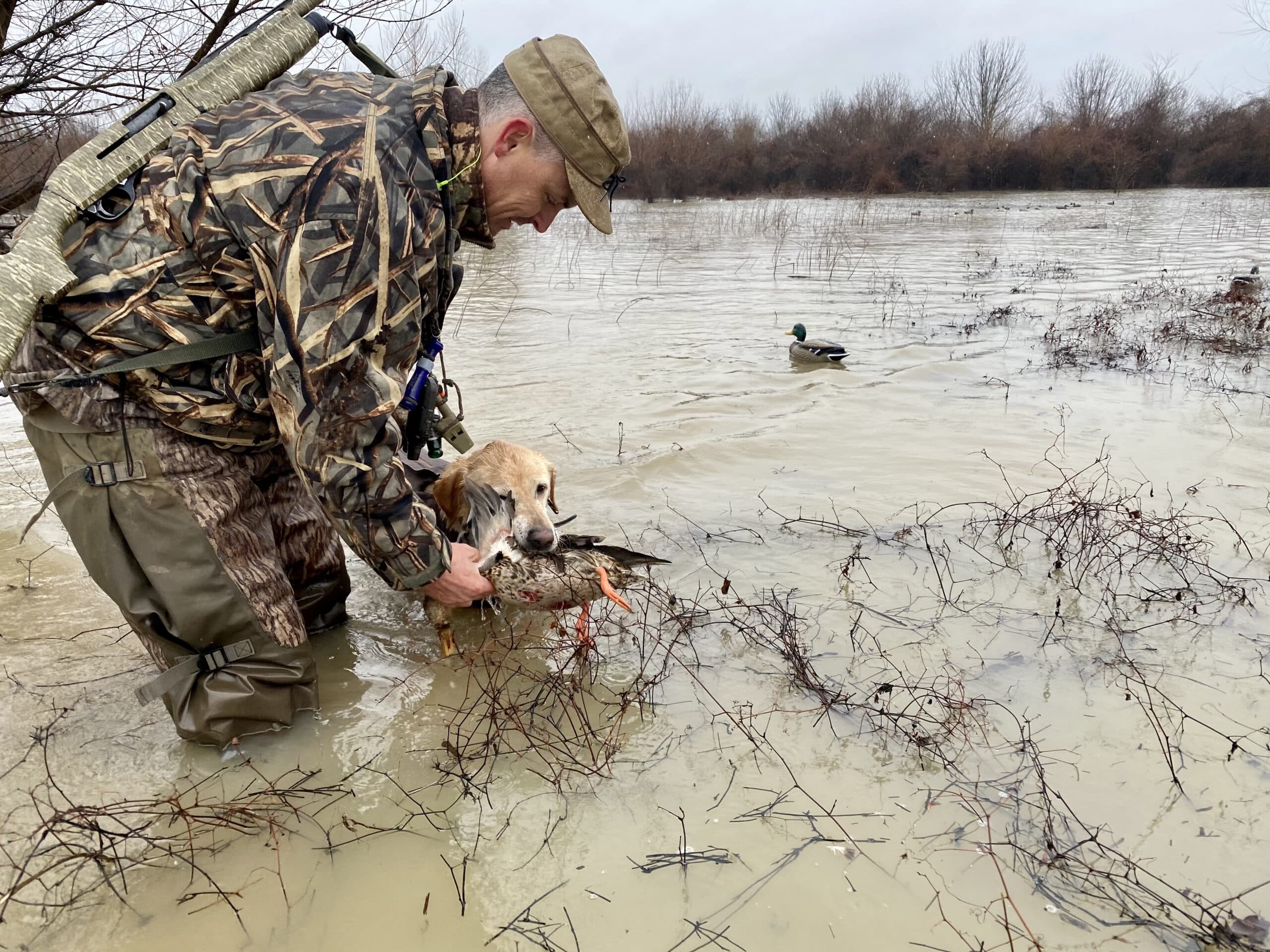
LITTLE ROCK – Most public duck hunting areas throughout Arkansas are still exhibiting drier than normal conditions from the effects of a summerlong drought, making duck hunters scramble to find the water and the ducks. Hunters can help keep Arkansas’s lakes and rivers healthy by taking a few moments at the end of each hunting day to inspect their boats, trailers and hunting equipment for vegetation and other stowaways that could spread to new areas and destroy wildlife habitat.
The nomadic habits of ducks and duck hunters can make the perfect distribution system for unwanted aquatic invasive species, such as giant salvinia, water hyacinth and alligatorweed, which can reproduce quickly, choke out access to waterways and smother native vegetation that provides food for ducks and other wildlife.
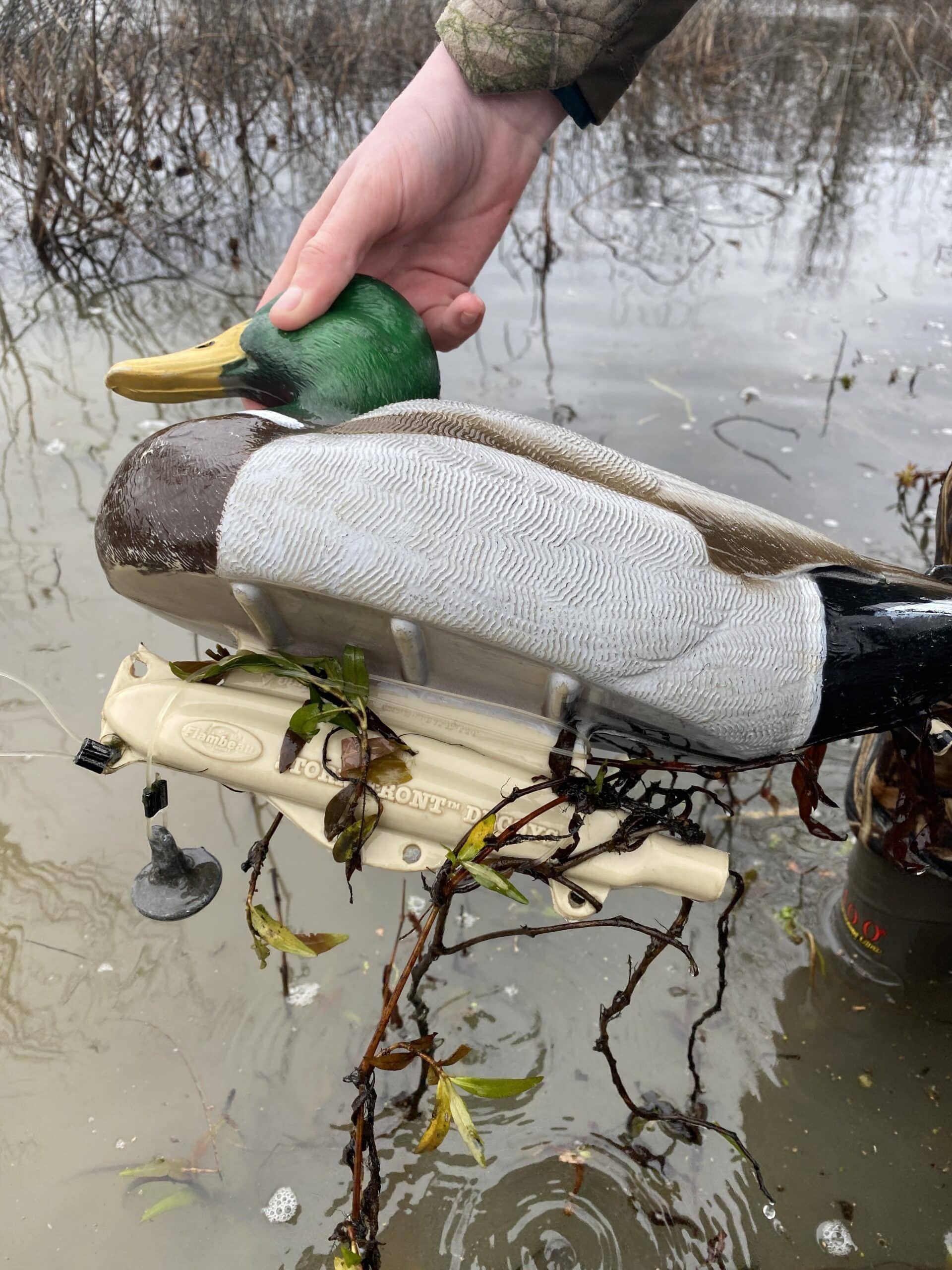
Matt Horton, Aquatic Nuisance Species Program coordinator for the AGFC, says plants like giant salvinia, water hyacinth and Cuban bulrush can be easily transported as plant fragments or seeds clinging to decoys, decoy bags, boats, trailers and the mud clinging to waders. Zebra mussels, which are found in the Arkansas River and the upper 40 miles of the Bull Shoals Tailwater and Bull Shoals Lake, can hitch a ride on plants, boat hulls and motors. The larvae of the zebra mussel can even survive short periods in livewells, bilge areas of boats and bait buckets where they can remain in small puddles of water.
A list of the most common aquatic nuisance species in Arkansas is available at www.agfc.com/ans as well as a hotline to report new infestations of these plants and animals as hunters and other outdoors enthusiasts find them.
“Giant salvinia has been introduced into five Arkansas lakes since 2017, and is currently established in lakes Erling and Columbia,” Horton said. “If someone is boating on these lakes, for any purpose, there’s a high likelihood they’ve come into contact with this invasive plant.”
According to an AGFC-funded study by the University of Arkansas Cooperative Fish and Wildlife Research Unit, waters as far north as central Arkansas are at moderate risk for giant salvinia becoming established.
“Lakes within 50 miles of the Arkansas-Louisiana border are at the highest risk, including Millwood, Felsenthal, Mercer Bayou and Longpool,” Horton said. “Based on future climate change predictions, over half the state could be in the high-risk category of infestation by giant salvinia by 2040.”
Horton explained that the help of duck hunters is essential in preventing further spread of invasive species, as they tend to seek out shallower, hidden areas where invasive species can become established and go unnoticed until they spread to other parts of a lake or river.
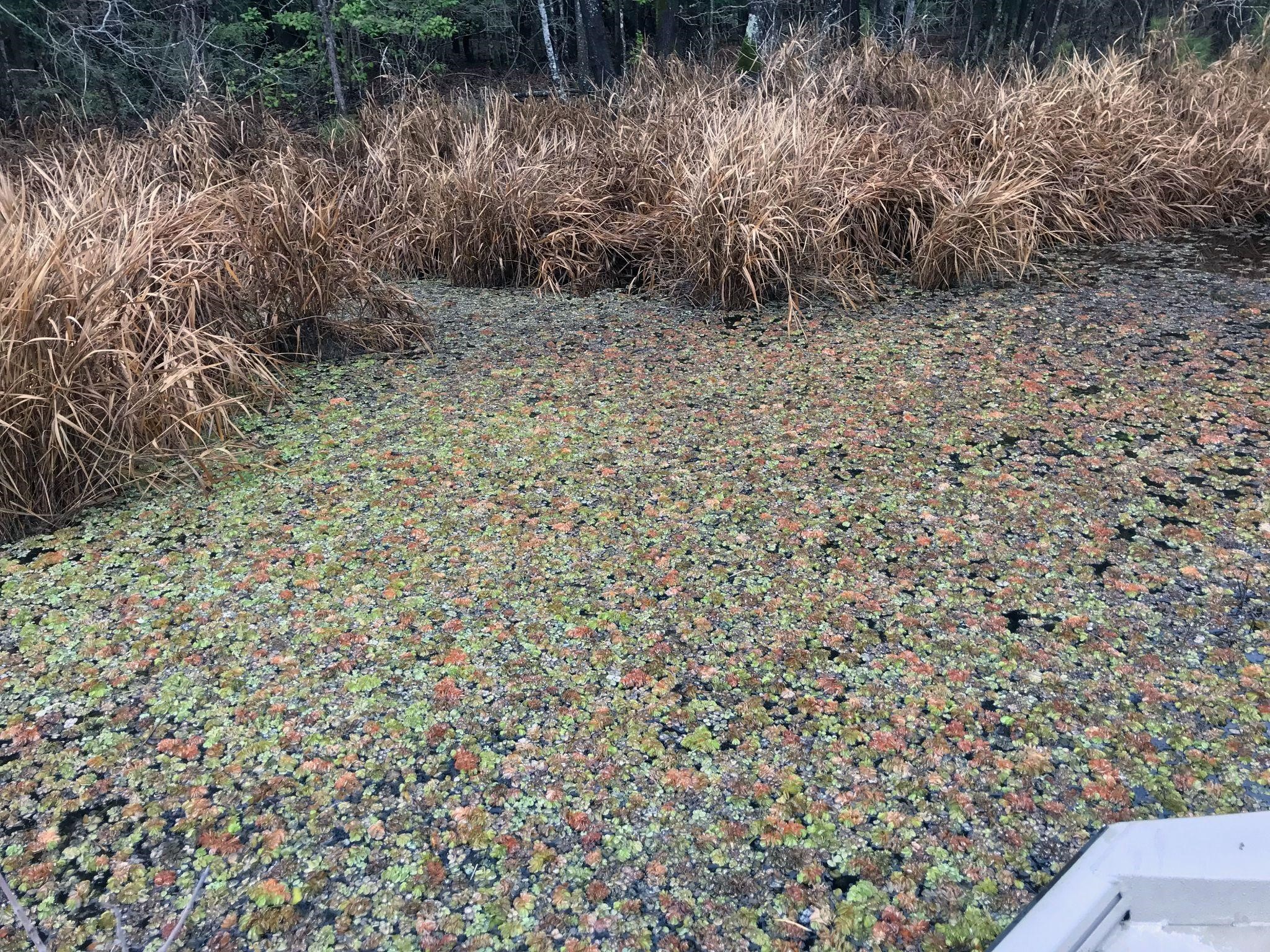
“Aquatic nuisance species are nearly impossible to eliminate once they’ve been allowed to get a foothold in a new body of water,” Horton said. “Not only can they block access to prime waterfowl hunting areas, but they can also outgrow and displace native plants that provide valuable food and habitat for waterfowl.”
Hunters can help prevent the spread of aquatic nuisance species by following the three-step process of clean, drain and dry anytime they move to new water:
- Clean all equipment – Remove all plants and pieces of vegetation, seeds and mud off your waders, decoys, blind, truck, boat and trailer, and wash all equipment and gear with a high-pressure washer.
- Drain your boat – Drain all water by removing all drain plugs from your boat when you leave the boat ramp.
- Dry – Let all gear dry, preferably for five days, before visiting new waters. If there isn’t enough time to air dry between trips, use a towel to wipe dry remaining wet surfaces.
In addition to practicing clean, drain and dry, waterfowl hunters should pay particular attention to decoys, decoy anchors and swivels that can snag invasive aquatic plants.
Horton also reminds anyone using a boat that, according to the AGFC’s Code of Regulations, all drain plugs must be removed at the boat ramp when leaving a body of water and during transport, including those in live wells and bilge areas, where invasive species and pathogens may lurk.
Visit www.agfc.com/ans for more information about aquatic invasive species in Arkansas, how to report new sightings of possible invasive species and what hunters and other boaters can do to help protect our waters.
Recent News
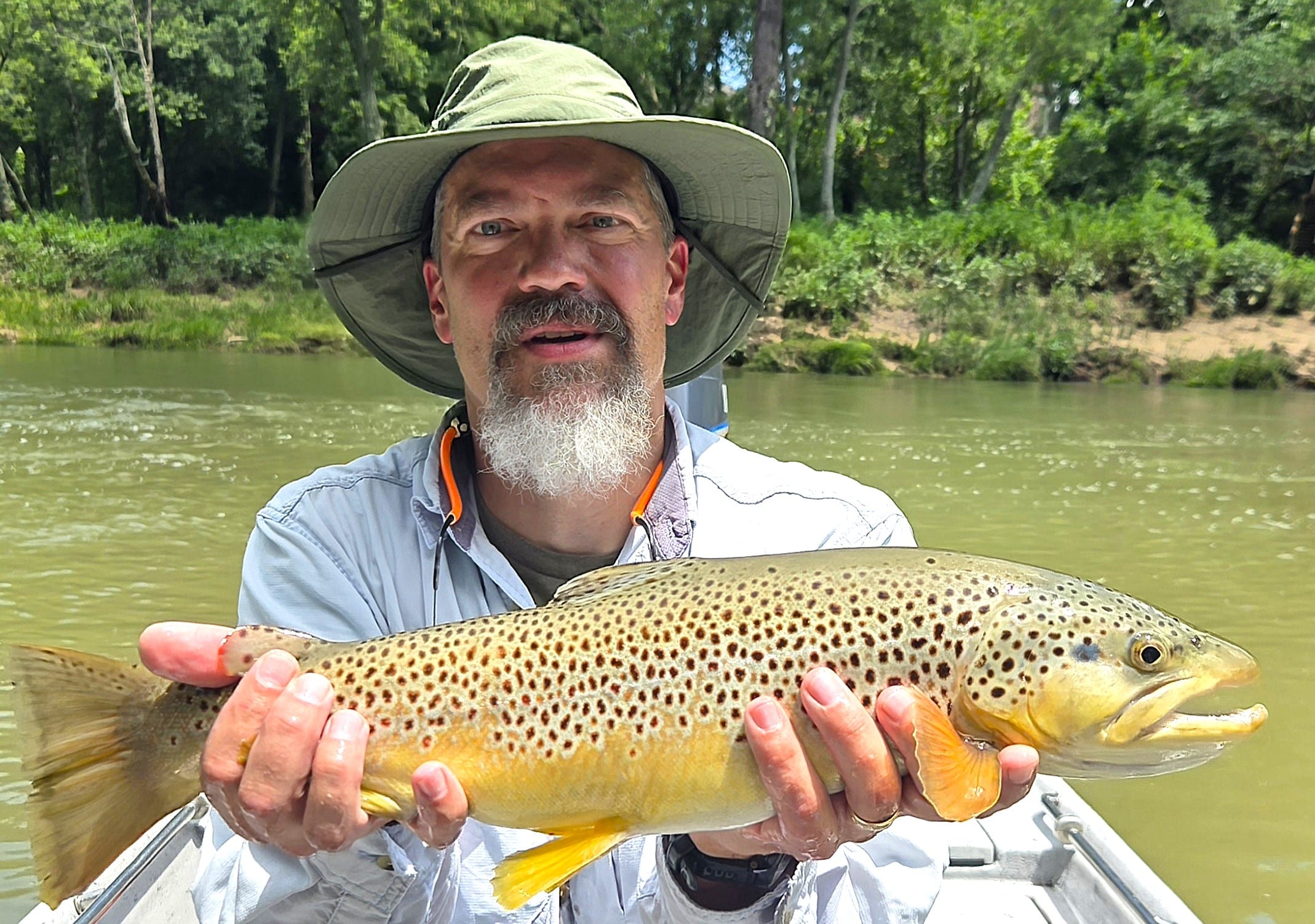
Arkansas Wildlife Weekly Fishing Report
Jul. 3, 2025
Subscribe to Our Weekly Newsletter E-mails
Don’t miss another issue. Sign up now to receive the AGFC Wildlife Weekly Newsletter in your mailbox every Wednesday afternoon (Waterfowl Reports are published weekly during waterfowl season and periodically outside the season). Fishing Reports arrive on Thursdays. Fill in the following fields and hit submit. Thanks, and welcome!

